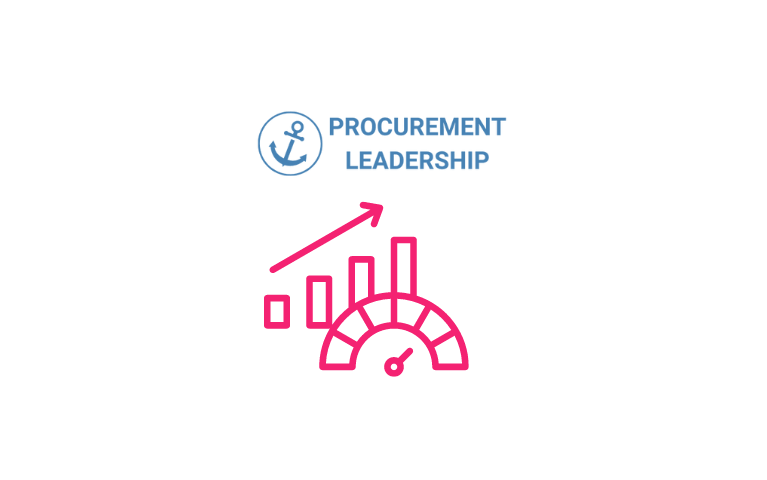
How to use KPIs in procurement correctly
The use of metrics and Key Performance Indicators (KPIs) is a crucial tool for measuring and managing the performance and success of your purchasing organization. However, it is important to use this tool in a differentiated and individual way. Generic top-10 lists of metrics can rarely reflect the specific challenges and goals of your company. Therefore, we want to delve deeper into this topic in this text.
First of all, it is important to understand that there is a difference between metrics and KPIs. While metrics are general measures for evaluating performance, KPIs are specific indicators that are aligned with the strategic goals of your company. So KPIs are not just measures, but they also indicate to what extent you are achieving your goals.
Another aspect you should consider is the difference between leading and lagging indicators. Lagging indicators show you past performance, so they are retrospective. They give you information about what has already happened. Leading indicators, on the other hand, are forward-looking. They give you clues about what could happen in the future. The combination of both types of indicators allows you to evaluate your current performance as well as predict and respond to future developments.
The Strategy Map can help you identify strategic dependencies and align your KPIs accordingly. With the help of a Strategy Map, you can visualize the relationships between different strategic goals and understand how they influence each other. This allows you to choose the right KPIs that aim at achieving your strategic goals.
The precise definition of your KPIs is another important aspect. Each KPI should be clearly defined so that it can be understood and measured correctly. A good KPI definition includes the goal of the KPI, the method of measurement, the time period, and the source of the data.
The goal-setting process is closely linked to the definition of the KPIs. Your KPIs should always aim at achieving your strategic goals. Therefore, it is important that you clearly define your goals and align them with your KPIs in the goal-setting process.
Action management is another important aspect when using KPIs. It is not enough to just measure performance. You also need to take action to improve your performance. Good action management includes identifying potential for improvement, planning and implementing measures, and monitoring the results.
In summary, the use of KPIs is not a rigid scheme, but a dynamic process that requires a differentiated and individual consideration. The selection of the right KPIs and their correct use can contribute to improving the performance of your procurement organization and achieving your strategic goals.



Noch keine Kommentare vorhanden
Was denkst du?